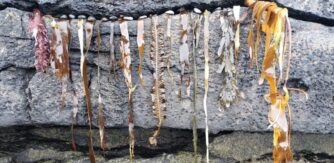Blog 2 – Dr Jo Lewis, Artist & Arts Council YPCE bursary recipient
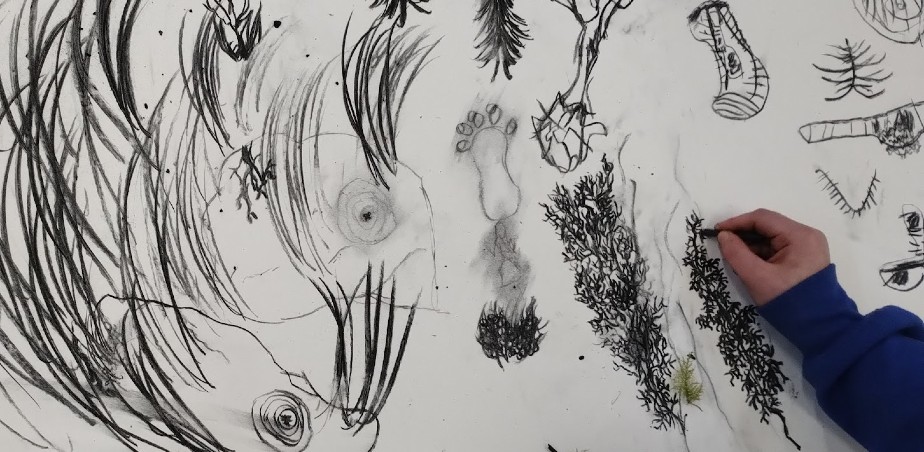
Photographs of Geevagh NS Co Leitrim. Bogland project. From IDing plants and fauna, through to drawing and plaster casting them.
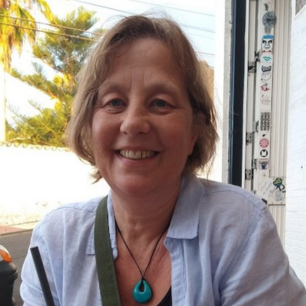
Jo Lewis gained a BA in Fine Art in Coventry and an MA in Fine Art sculpture at Birmingham School of Art. She had a studio in London SPACE studios for a number of years where she worked and exhibited, alongside running a 100-seater vegetarian restaurant Heather’s with her partner.
In 2002 Jo moved from London to Co. Leitrim with her partner and young family to renovate an old stone cottage and to live the ‘good life’.
During this time, she gained PhD at SOAS (School of Oriental and African Studies) for her research into Women Artists in Botswana. The thesis is now held in the British Library.
Jo has worked on the BLAST initiative (Bringing Live Art to Schools and Teachers) and has taught in schools all over Sligo. Recently, for these mini-residencies in schools, Jo has chosen to focus on bringing the pupils outside to make art and gain inspiration. Using a local landscape as a background to delve into the ecology of the place through art.
In 2023 Jo was awarded a bursary from the Arts Council Ireland to conduct some research into the interface between art and ecology in school education as a way of engaging children in their environment.
Using Art to explore and learn about Ecology
Interface Def: a surface forming a common boundary of two bodies, spaces, or phases.
Through time, the interface between art and science has been explored by many artists; it is that space where the two disciplines rub up against each other and inform each other’s thinking. Think of Leonardo da Vinci (engineering and art) 1500’s through to Grace Weir (physics and art) 2024.
It is an exciting dialogue that can offer numerous pathways into a science or a work of art. It connects the analytical brain to our emotions. Through visualisation the creative can be drawn into science and through imagery the scientist can be drawn into the emotional. In a time of increasing separation from nature it is important to find ways to link back in and gain a better understanding of our environment. By exploring facts about ecology through art, a deeper understanding and connection can be made. It is this that I hope to bring to my school workshops, I want the children to learn about the ecology that surrounds them through fun and creative art making processes.
Using this interface between art and science is a fantastic approach for teachers teaching at primary level under pressure to deliver so many subjects within their weekly class plans. By using one subject, art, to make sense of sciences means several subjects can be covered simultaneously.
Children love being creative – it is how most will connect with the world. Bringing science into an art class can help children to remember facts and, in terms of ecology, it can help them to explore elements of plant life such as plant structure and habitats that they may not have engaged with otherwise. The simple act of drawing a plant can give time to contemplate what its purpose in the landscape is, how it might reproduce, why it has certain properties. Well directed art projects can help children discover the answers to these questions through creative processes. This is the subject of my current research and I hope to disseminate this in future articles.

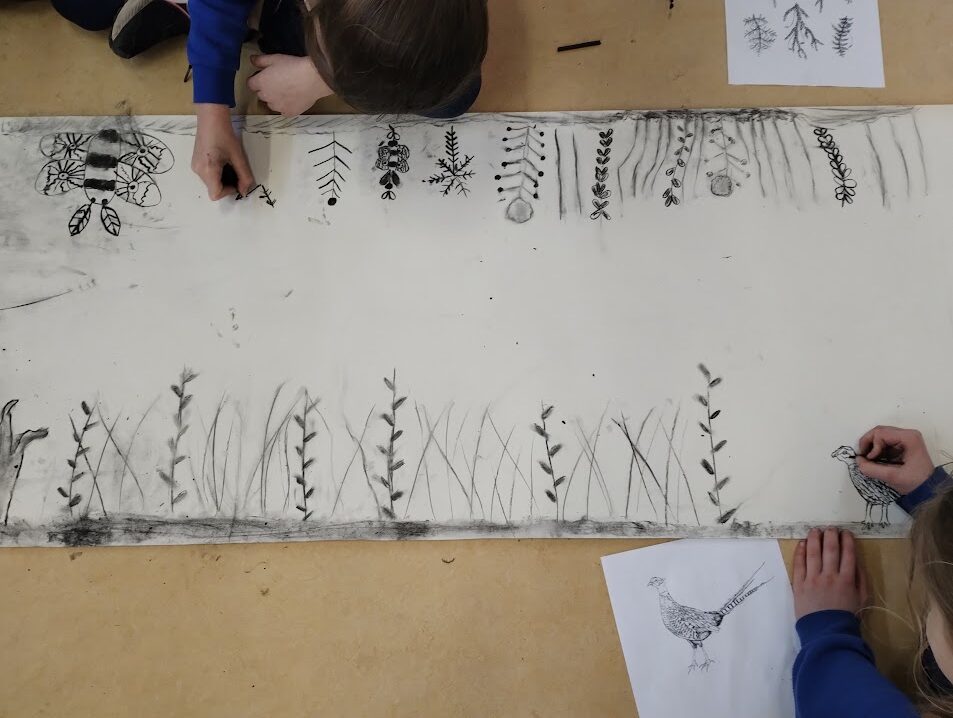
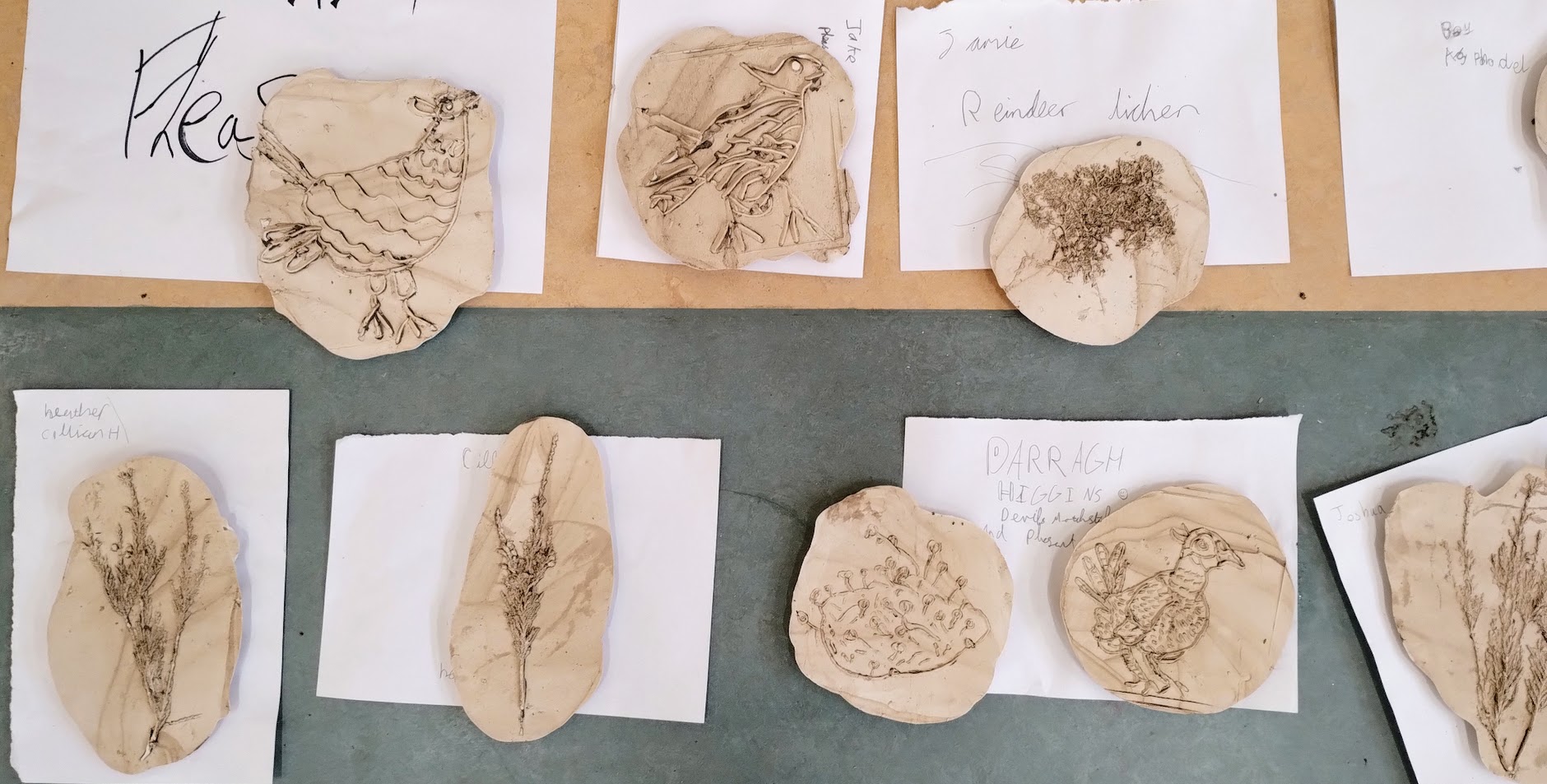

Photographs of Geevagh NS Co Leitrim. Bogland project. From IDing plants and fauna, through to drawing and plaster casting them.
